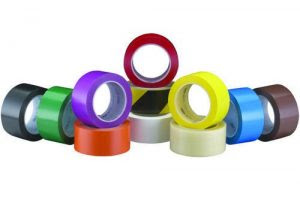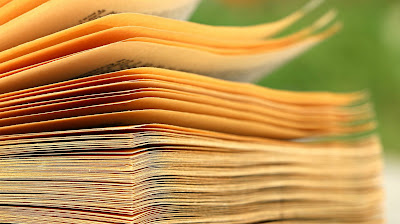eraser
Eraser, piece of elastic or other material used to wipe out imprints made by ink, pencil, or chalk. The cutting edge eraser is normally a combination of a grating, for example, fine pumice, a rubbery lattice, for example, engineered elastic or vinyl, and different fixings.
Erasers were created unintentionally. Despite the fact that Joseph Priestly may have found elastic's eradicating properties
it is the British specialist Edward Nairne who is by and large credited with creating and advertising the main elastic eraser in Europe
The erasers included pumice, a volcanic debris from Italy that gave them their rough quality, alongside their particular tone and smell.
On account of the eraser's brand name pink tone and shockingly delicate surface, Faber chose to name it the Pink Pearl."
Prior to elastic erasers, tablets of wax were utilized to eradicate lead or charcoal imprints from paper. Pieces of unpleasant stone, for example, sandstone or pumice were utilized to eliminate little blunders from material or papyrus archives written in ink.
Erasers are not noxious whenever gulped, but rather bigger parts can be a stifling risk. Eraser is new, not solidified, and first time utilized.
Here's the arrangement with white erasers, in addition to the fact that they erase pencil checks in a way that is better than the outdated style pink eraser but since they're non-grating, they leave the paper strands moderately flawless
Faber Castell Dust-Free Eraser, Black (dark and shaded erasers don't leave any tone from the eraser on the paper, they are dim with the goal that they look less dingy when they are filthy
Elastic ink erasers have been around for an extremely significant time-frame and can neatly eradicate pen ink from paper. The way that they work is that the elastic is very coarse and as you rub you are eliminating a minuscule measure of paper
Elastic groups eliminate pencil matter just as erasers do. You must be cautious what you delete and what elastic groups you use, however. You might have the option to utilize rectification liquid
how would you mollify hard erasers? Plunge the eraser into the water. Tenderly ply it and press it with your fingers until you can feel it start to mollify. Discover a paper towel and dry the eraser
Cutting your eraser will likewise have the symptom of cleaning its flaws from it. You may even have the option to clean gunk from your eraser with family unit cleanser and water.
Scour your eraser until the gunk comes free and afterward wash it clean. Permit it to dry totally prior to utilizing it.
Thinking about this, how would you care for a worked eraser? Clean traditional erasers by scouring them with a cotton fabric or washing them in lathery water (remember to dry them prior to utilizing them).
Worked erasers are self-cleaning. By plying them, you encase the charcoal color inside the eraser and utilize a perfect part. Simply cleaning mine got my eraser quite perfect.
On the off chance that yours is as yet not perfect subsequent to brushing it, you can blend a limited quantity of gentle cleanser with water and plunge the brush in the combination and scour it somewhat more, utilizing roundabout movements. At that point wash totally in virus water.
Since massaged erasers ingest graphite, they will get dirtier with use. In the end they will turn out to be too messy to even think about utilizing as graphite, charcoal, dust or different particles gather in the eraser.
In the event that you are searching for a compound free approach to clean your dry eradicate board, there are a couple of ways for you to keep your whiteboard clean.
By wetting a wizardry eraser, you can clean the whiteboard's surface while eliminating stains and ghosting. In case you're resolved to utilizing a Magic Eraser to clean minor scrapes on the inside of your vehicle, get the eraser wet, and scour delicately.
In case you're wiping stains off of inside covering or scrapes in zones that aren't exceptionally obvious, Magic Erasers turn out great
While utilizing a Magic Eraser on a vehicle's paint has become to some degree a useful example, it's totally protected to clean shady headlights. Buff every one with a wet Magic Eraser, at that point wipe with a paper towel as they dry



